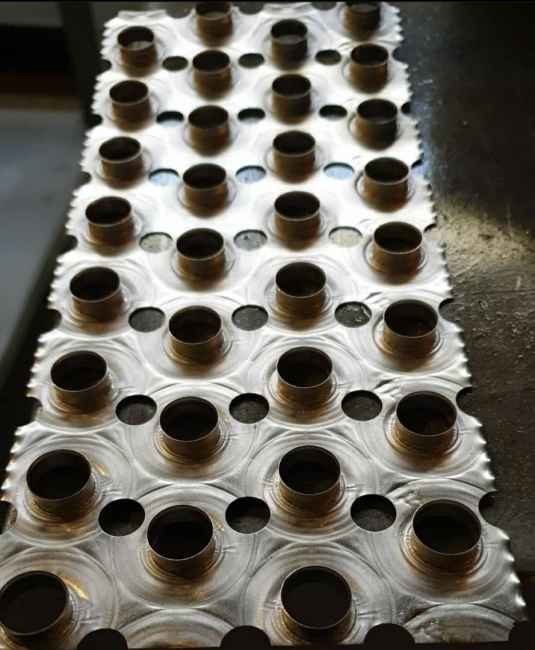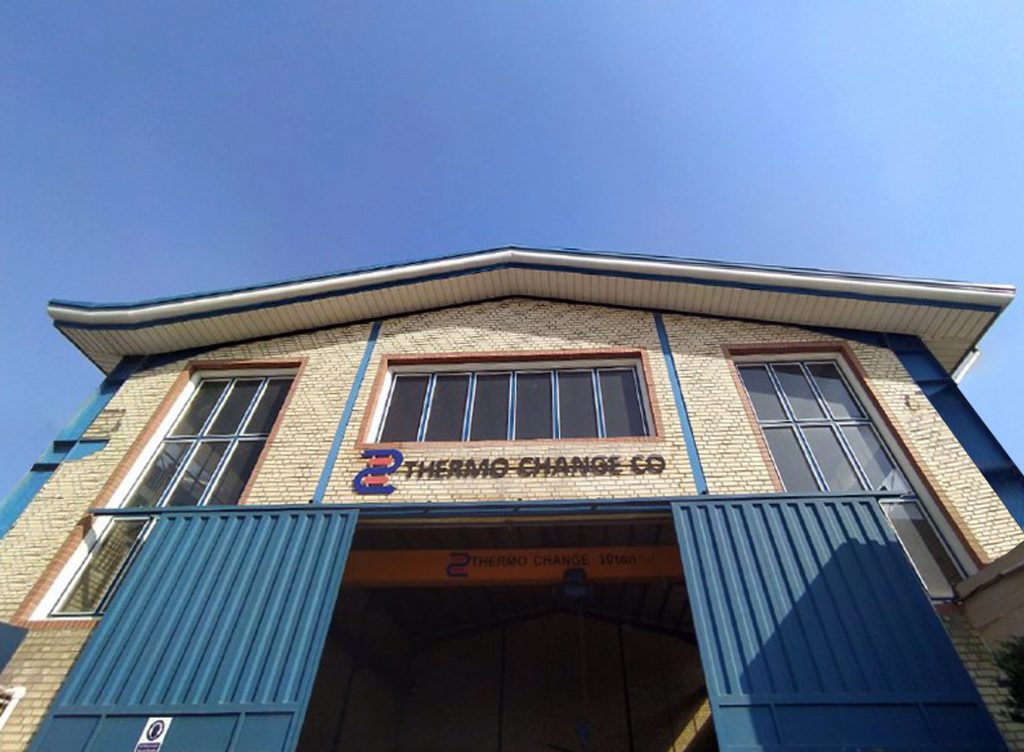Coils are actually one of the types of heat exchangers for energy transfer between two fluids perpendicular to each other. The fluid passing through the coil is mainly air and the fluid passing through the pipes can be water, steam, refrigerant or other types of fluid.

Types of Coils
Coils are mainly divided into two general types:

1) Fin Plate Coil
In a plate fin heat exchanger, tubes are inserted through a series of metallic “fins.” These fins are made using a continuous roll of metal – copper or aluminum, for example – which is fed through a press that punches holes for tubes and cuts the sheet to size. To accomplish this, presses use several different types of dies, which allow for variable configurations of fins per inch (FPI), tube to tube spacing and tube diameter.

Then, tubes are inserted through the fins. Next, the tubes are expanded to form a secure bond within the fin pack to maximize heat transfer between tubes and fins. This can be accomplished through either a mechanical process or by using pressurized water.
Plate fin coils could provide a better heat transfer coefficient on the air side than that provided by spiral wrapped fins because of the larger secondary surface area, meaning that energy is transferred through the coil more efficiently.
2) Finned Tube Coil

Plate fin coils could provide a better heat transfer coefficient on the air side than that provided by spiral wrapped fins because of the larger secondary surface area, meaning that energy is transferred through the coil more efficiently.
In the following, we will explain the types of spiral fins as follows:
L’ FINNED TUBE’
The strip material is subjected to controlled deformation under tension giving the optimum contact pressure of the foot of the fin onto the base tube thus maximising the heat transfer properties.
The foot of the fin considerably enhances the corrosion protection of the base tube.


LL’ FINNED TUBE’
Manufactured in the same way as the ‘L’ finned tube type except that the fin foot is overlapped to completely enclose the base tube thereby giving excellent corrosion resistance. This type of finned tube is often used as an alternative to the more expensive extruded type fin in corrosive environments.


KL’ FINNED TUBE’
Manufactured exactly as the ‘L’ finned tube except that the base tube is knurled before application of the fin foot. After application, the fin foot is knurled into the corresponding knurling on the base tube thereby enhancing the bond between the fin and tube, resulting in improved heat transfer characteristics.


G’ FINNED TUBE‘
The fin strip is wound into a machined groove and securely locked into place by back filling with base tube material. This ensures that maximum heat transfer is maintained at high tube metal temperatures.


EXTRUDED FINNED TUBE
This fin type is formed from a bi-metallic tube consisting of an aluminium outer tube and an inner tube of almost any material. The fin is formed by rolling material from the outside of the exterior tube to give an integral fin with excellent heat transfer properties and longevity. Extruded fin offers excellent corrosion protection of the base tube.


One of the advantages of spiral fins compared to plate fins is higher adhesion of the fin and as a result, more efficient heat transfer between the tube and the fin at high temperatures.




